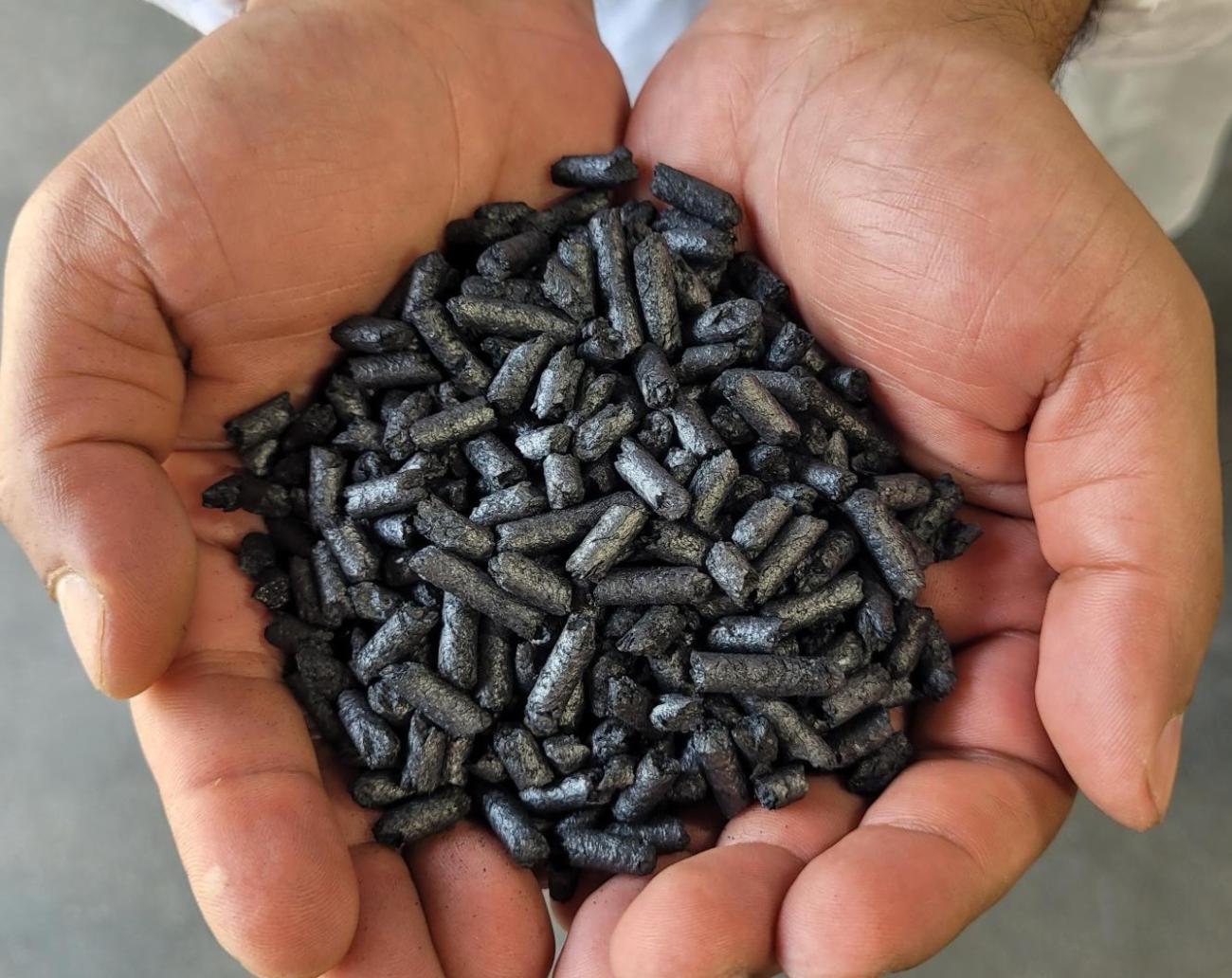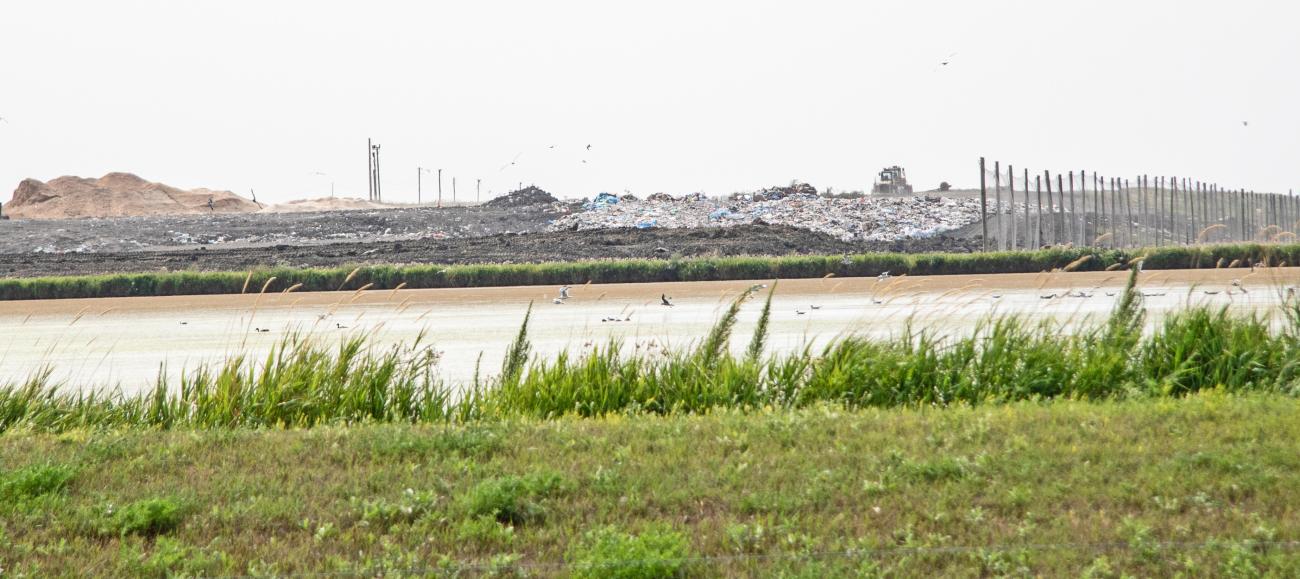On August 20, a delegation from Carbon Lock Tech made an in-person presentation to Ritchot’s council, asking for partnership in a pilot project which would make use of their relatively new technology.
Kevin Danner is the CEO of Carbon Lock Tech and presenter at Wednesday’s public meeting. He describes his company as a Manitoba startup which specializes in converting organic waste and biomass into a stable form of biocarbon. Their innovative technology is already patented in Canada and the U.S.
“[Biocarbon] is a very interesting material that eliminates carbon from the atmosphere and is a climate change solution,” Danner told council. “It’s a product that can be used in agriculture, infrastructure, construction, mining, filtration of wastewater, and all of the other areas that we are starting to research.”
Carbon Lock technology uses a patented reactor system which converts biowaste into stable biochar pellets. The process, called pyrolysis, applies high heat to the biomass in the absence of oxygen so that it doesn’t combust. That creates a stable carbon bond.
While the system isn’t the answer to all waste, it is proving to be an effective means of dealing with biowaste, which is a significant component of the waste entering a landfill.
Organic waste, or biowaste, includes grass clippings, leaves, branches, cattails, and food waste. In a landfill, that waste becomes an environmental problem since stored carbon is released back into the atmosphere as a greenhouse gas.
It’s also a problem for municipalities that own landfills. The biomass takes up landfill space, creates noxious odours as it decomposes, leaches into the groundwater below, and attracts pests.
The carbon pellet solution not only allows a municipality to manage those problems but serves a secondary purpose: providing a clean commodity which is useful to a variety of industries across the province.
In the agricultural sector, biocarbon pellets are useful for their water retentive characteristics when added to soil. The pellets can also be added to concrete in order to reduce the carbon footprint created in road construction.
They are now being tested as a filtration medium for wastewater and mining liquids.
All that said, Danner believes that a win/win scenario can come out of a collaboration between his company and the RM of Ritchot.
His ask was that council consider entering into negotiations toward a memorandum of understanding between the two parties. If approved by council, Carbon Lock Tech would be in a position to seek investors and government funding for the project.
The project, once complete, would involve a one-acre parcel located next to the Mid Canada landfill near Île-des-Chênes. Here, a number of buildings would be constructed, one to house the pyrolytic reactor system. Also, storage bins for the finished product would be located there.
Danner says there’s two ways the RM can financially benefit from an industry like this.
“I understand that you’re generating revenue by taking organic waste into your landfill,” Danner told council. “It comes across the weigh scale and you make some money. But if you take that waste and turn it into carbon [pellets], you can sell that to concrete companies or agricultural interests.”

The biochar pellets that can Carbon Lock Tech proposes to produce from biowaste.
The profits don’t stop there, he added. Large corporations like Microsoft, Google, and Amazon are looking for opportunities to purchase carbon removal credits from innovative companies such as Carbon Lock Tech.
“This will be up to a $5 million processing plant in the pilot phase,” Danner said. “Those costs will be borne by us and we will comply with all federal and provincial regulations.”
If the RM is happy with the project after two years of operation, a second phase would be introduced. This would include a commercial aspect.
Councillor Joel Lemoine asked about the facility’s energy and water demands, to which Danner replied that both will be nominal.
“What’s interesting about the pyrolytic process is that it produces its own energy,” Danner said. “Once it’s up to temperature, there is a combustion gas that comes off that is then [turned] into a fluid and pumped back into the system. And then it just goes under its own steam. So, all the energy to run the system is actually in the biomass itself.”
CAO Shane Ray recommended that council enter negotiations with Carbon Lock Tech, assuring council that they will have final approval once negotiations are complete. Council voted unanimously in favour of proceeding.


